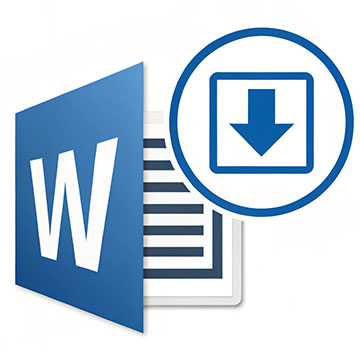GeoGebra in Educational Research: A Bibliometric Analysis
DOI:
https://doi.org/10.46328/ijemst.4620Keywords:
GeoGebra, Bibliometric Analysis, Bibliometric Visualization, Educational ResearchAbstract
This study aimed to investigate research trends regarding the use of GeoGebra in educational research through bibliometric analysis. 301 articles published in the Web of Science database between 2009 and 2023 were included in the research. Web of Science database and VOSviewer program were used during bibliometric analysis. Performance analysis and scientific mapping techniques were used in the analysis of the data obtained by the bibliometric analysis method. Articles were analyzed according to their years and citation, country of origin, authors, index of journals, journals, co-authorship of authors, co-occurrence of author keywords, citation of authors, and citation of countries. Research results show that in recent years, researchers have tended to research GeoGebra software in the field of education. The results of publication and citation analyses for authors, countries, and journals will help researchers and educators to have an idea about current GeoGebra research trends and provide preliminary information for future studies.Downloads
Published
Issue
Section
License
Copyright (c) 2025 International Journal of Education in Mathematics, Science and Technology

This work is licensed under a Creative Commons Attribution-NonCommercial-ShareAlike 4.0 International License.
Articles may be used for research, teaching, and private study purposes. Authors alone are responsible for the contents of their articles. The journal owns the copyright of the articles. The publisher shall not be liable for any loss, actions, claims, proceedings, demand, or costs or damages whatsoever or howsoever caused arising directly or indirectly in connection with or arising out of the use of the research material.
The author(s) of a manuscript agree that if the manuscript is accepted for publication in the journal, the published article will be copyrighted using a Creative Commons “Attribution 4.0 International” license. This license allows others to freely copy, distribute, and display the copyrighted work, and derivative works based upon it, under certain specified conditions.
Authors are responsible for obtaining written permission to include any images or artwork for which they do not hold copyright in their articles, or to adapt any such images or artwork for inclusion in their articles. The copyright holder must be made explicitly aware that the image(s) or artwork will be made freely available online as part of the article under a Creative Commons “Attribution 4.0 International” license.
This work is licensed under a Creative Commons Attribution-NonCommercial-ShareAlike 4.0 International License.





